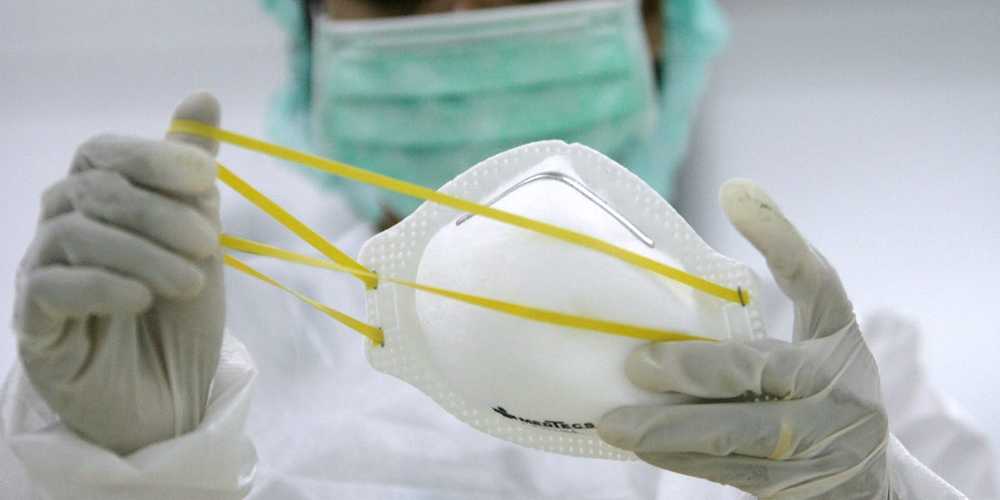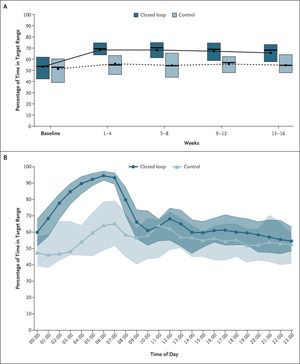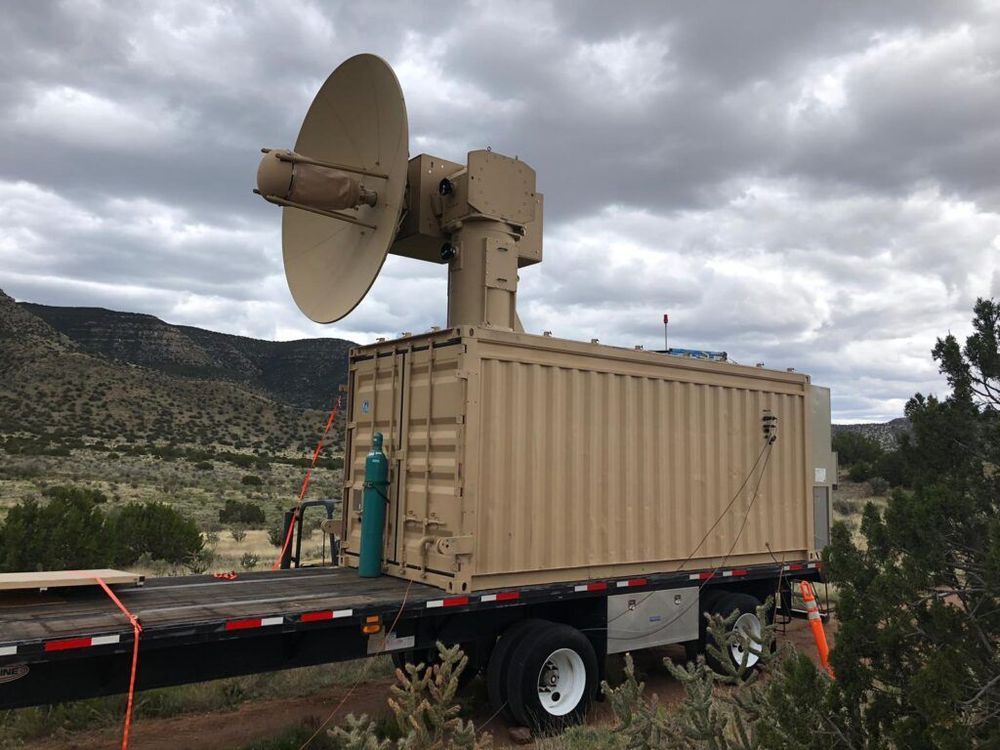Don’t lift a finger — using only your mind!
Don’t lift a finger — this headset lets you control your TV using only your mind!
Don’t lift a finger — using only your mind!
Don’t lift a finger — this headset lets you control your TV using only your mind!

Thanks to Amazon’s success, CEO Jeff Bezos is the richest person in the world, worth $207 billion, according to the Bloomberg Billionaires Index.
But when he started Amazon as an online bookseller in 1994, Bezos thought it was likely that his business would fail.
“I thought there was a 30% chance that we might build a successful company,” Bezos told John Stofflet in an interview for KING-TVs “Evening Magazine” in 2000. “I never thought we’d build what Amazon has turned into, and I’m the most surprised on the planet.”


BACKGROUND
A closed-loop system of insulin delivery (also called an artificial pancreas) may improve glycemic outcomes in children with type 1 diabetes.
METHODS
In a 16-week, multicenter, randomized, open-label, parallel-group trial, we assigned, in a 3:1 ratio, children 6 to 13 years of age who had type 1 diabetes to receive treatment with the use of either a closed-loop system of insulin delivery (closed-loop group) or a sensor-augmented insulin pump (control group). The primary outcome was the percentage of time that the glucose level was in the target range of 70 to 180 mg per deciliter, as measured by continuous glucose monitoring.
RESULTS
A total of 101 children underwent randomization (78 to the closed-loop group and 23 to the control group); the glycated hemoglobin levels at baseline ranged from 5.7 to 10.1%. The mean (±SD) percentage of time that the glucose level was in the target range of 70 to 180 mg per deciliter increased from 53±17% at baseline to 67±10% (the mean over 16 weeks of treatment) in the closed-loop group and from 51±16% to 55±13% in the control group (mean adjusted difference, 11 percentage points [equivalent to 2.6 hours per day]; 95% confidence interval, 7 to 14; P<0.001). In both groups, the median percentage of time that the glucose level was below 70 mg per deciliter was low (1.6% in the closed-loop group and 1.8% in the control group). In the closed-loop group, the median percentage of time that the system was in the closed-loop mode was 93% (interquartile range, 91 to 95). No episodes of diabetic ketoacidosis or severe hypoglycemia occurred in either group.


China’s Xiaomi has launched a new TV as part of the 10th anniversary celebration that also saw the announcement of the Mi 10 Ultra smartphone. The Mi TV Lux Transparent Edition brings sci-fi into the living room with an edge-to-edge self-luminous television that you can see through.
We’ve seen a few transparent televisions and screens from industry big hitters like Samsung, LG and Panasonic over the years, but Xiaomi says its Mi TV Lux Transparent Edition is the first to go into mass production.
The 55-inch OLED panel is just 5.7-mm thin and sits on a rounded base and, when the TV isn’t powered on, the display looks like a window between you and whatever is behind it – though it can be set to show arty display images if desired. But Xiaomi is promising an “unprecedented visual experience” when it’s switched on, with “extra rich blacks and unmatched brightness.”


Electronic components that can process information with high levels of efficiency are crucial for the development of most contemporary devices and computational tools. Reconfigurable electronics, flexible systems that can change configurations to best utilize available hardware resources, are a possible solution for enhancing processing efficiency.
Researchers at Nanjing University and the National Institute for Materials Science in Japan have recently designed new reconfigurable circuits with advanced shape-morphing and information processing capabilities. These logic and neuromorphic circuits, presented in a paper published in Nature Electronics, were fabricated using 2-D tungsten diselenide, an inorganic compound commonly used in the development of electronics.
“Current mainstream reconfigurable circuits (such as the field programmable gate array, FPGA) are based on traditional silicon circuits, using P-type or N-type field effect transistors with ‘fixed’ electrical characteristics,” Feng Miao, the researcher who led the study, told TechXplore. “For example, PN junction is always reverse-biased, and varying the drain polarity does not add new switching functionalities. Thus, these reconfigurable circuits need to use a lot of transistor resources to build complex circuit structures and eventually realize reconfigurable computing capabilities at the circuit level.”

Circa 2006
Aiming to create a miniature motor capable of 1 million revolutions per minute, electronics researchers at ETH Life in Zurich are half-way to their goal.
The gas turbine-powered device produces force equivalent to 100 watts and is 95 percent fuel efficient, and gets 10 hours of operation out of the tank.

A team of researchers working on the Borexino project has announced that they have observed carbon/nitrogen/oxygen (CNO) fusion neutrinos from the sun for the first time. Co-spokesman for the group, Gioacchino Ranucci, a physicist at the University of Milan, announced the observation at this year’s virtual Neutrino 2020 conference.
The Borexino solar-neutrino project is an experiment being conducted underground at Gran Sasso National Laboratories in Italy—it has been in operation since 2007. Its mission is to observe neutrinos that are emitted from the sun via two kinds of fusion reactions. The laboratory is located beneath a kilometer of rock to filter noise. Inside, it houses a huge balloon made of nylon and filled with 278 tonnes of liquid hydrocarbons surrounded by water in a tank. The temperature inside the tank is kept constant by heat exchangers and a blanket cover. Photon sensors line the tank. Neutrinos can be observed when they collide with electrons inside the balloon, creating a tiny flash. The researchers determine the characteristics of the flashes, information that can be used to isolate their source.
Researchers on the project observed neutrinos from a type of fusion reaction called a proton-proton chain back in 2012—they are believed to represent 99 percent of the energy released from the sun. Spotting neutrinos produced during CNO reactions has presented more of a challenge because there are far fewer of them. In both cases, hydrogen is fused into helium. The elements that are part of the reaction are referred to as chains because they allow such reactions to proceed. In his presentation, Ranucci, claimed that the team had “…unraveled the two processes powering the sun.”